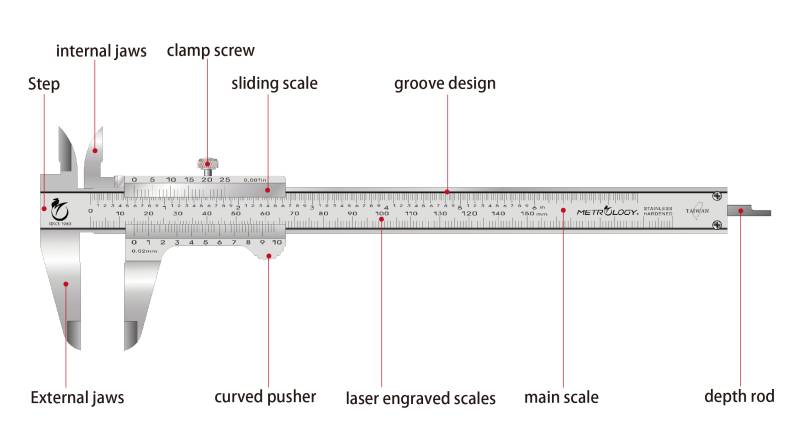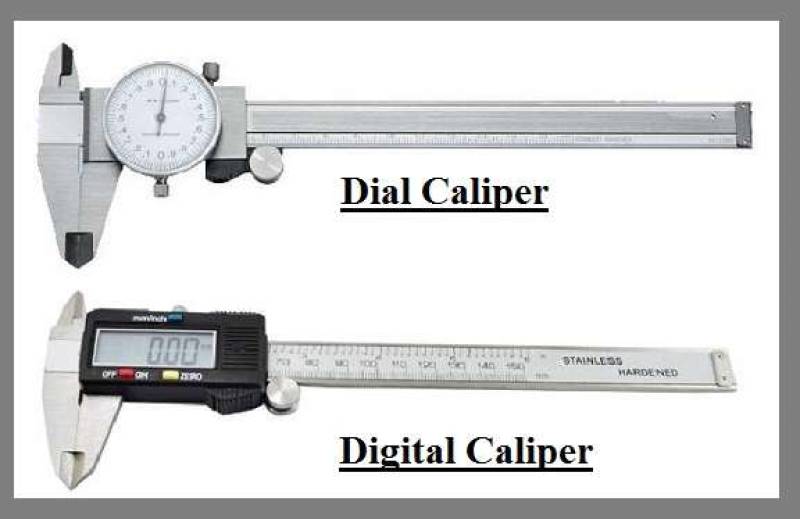Table of Contents
Calipers: Advantages and Disadvantages of the 3 types
While many people generically refer to calipers as “Vernier Calipers”, there are actually 3 types of measuring caliper: vernier, dial, and digital. The difference is primarily in the indicator, which brings both advantages and disadvantages.1)
Vernier calipers
Advantages:
- Available in many lengths
- Available in many versions (e.g. leg length and form)
- Fewer moving parts than dial or digital calipers
- Virtually impervious to damage from many liquids (e.g., machine oils, coolant)
- Normally cheaper than the digital equivalent (there is almost always a digital equivalent to be found)
- No battery required
Disadvantages:
- Not as accurate as dial and digital
- Reading a vernier isn't as easy as reading a dial or digital
- Typically only available in either inches OR metric (not both on the same scale)
Dial calipers
Advantages:
- More accurate than vernier
- Easier to read than vernier
- Analog display is preferred over digital by some users
- No battery required
Disadvantages:
- 300mm / 12“ is usually the maximum length available
- Legs only available in “standard” versions
- Sensitive to dust and grime
- Difficult to repair
Digital calipers
Advantages:
- Available in many lengths
- Available in many versions (e.g., length and form)
- Most can display both metric and inches
- More accurate than vernier or dial calipers
- Easier to read than vernier or dial calipers
- Available power sources include battery OR solar
- Able to set zero at any point (very handy for “distance to go” measurements, such as turning or boring a set size. Does the math for you.)
- Many are available with data output and other useful functions such as providing:
- Easier & quicker data recording
- Wireless recording via bluetooth
- Error free recording (i.e., the reading is recorded directly)
- SPC,(required by some QA systems) performed with a couple of clicks.
- Digital output (e.g., that can be provided to your customer)
Disadvantages:
- Battery life in “cheaper” types is often very limited
- Solar powered versions may not function in low light situations (Users report that a flashlight quickly remedies that problem)
- Susceptible to environmental damage (e.g., liquids such as oils or coolants can cause them to malfunction)
- If non-functioning (after replacing the battery) they can be difficult or impossible to repair
1)
Source information primarily obtained from: https://www.practicalmachinist.com/vb/metrology/calipers-advantages-disadvantages-3-types-290571/



